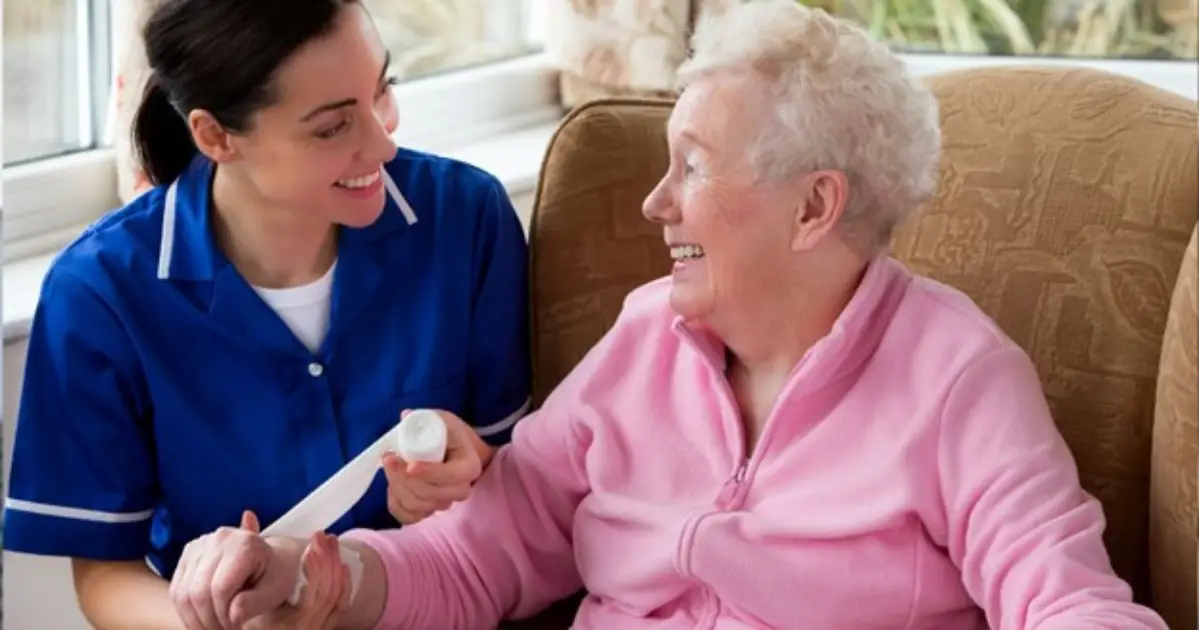CALL US AT (786) 207-4788 OR BOOK AN APPOINTMENT ONLINE
Wound Care 101: What Every Patient Should Know
- Home
- Wound Care 101: What Every Patient Should Know
CALL US AT (786) 207-4788 OR BOOK AN APPOINTMENT ONLINE

Hello everyone, I’m Dr. Coupet and today I want to talk about something that might not come up often in everyday conversations—but it should: wound care.
Whether it’s a cut on the foot, a surgical incision, or a pressure sore that won’t go away, wounds are more than just skin-deep. For many adults—especially older adults and those managing chronic conditions like diabetes, heart disease, or poor circulation—wounds can take longer to heal and can quickly turn into something more serious if left untreated.
This blog isn’t just about what to do when you get a cut. It’s about understanding your body, recognizing when something’s not right, and knowing how to care for yourself or a loved one with confidence and clarity.
I want to lay the groundwork for good wound care—so if and when the time comes, you’ll know what to look for and how to respond.
A wound is any break in the skin, whether it’s a scrape, a cut, a burn, or a surgical incision. Some of these breaks heal quickly with little fuss, while others linger, become infected, or reopen repeatedly. Generally, wounds fall into two categories:
A wound that refuses to heal isn’t just a skin issue. It’s a sign that your body needs more support. The sooner we catch it, the better the outcome.
Your body is naturally built to heal. A healthy wound goes through four key stages:
But this healing process can slow down—or even stall—when the body is dealing with things like:
That’s why wound care is about treating the whole person, not just slapping on a bandaid.
Let’s talk about the kinds of wounds we often see in clinic settings:
These are especially common in patients with long-standing diabetes. Loss of sensation in the feet can mean that small injuries go unnoticed and worsen quickly. If not treated early, they can lead to infections or, in the worst cases, amputation.
These are slow-healing wounds that result from poor blood flow in the legs. They often form on the lower legs and can become chronic if left untreated.
Caused by prolonged pressure on one part of the body, pressure sores typically appear on the heels, hips, tailbone, or elbows—especially in individuals with limited mobility or who spend a lot of time in bed or a chair.
Most surgical incisions heal without issues, but if you have an underlying condition or your immune system is compromised, even a clean incision can become infected or reopen.
These include cuts, scrapes, punctures, and burns. They may start small, but they can lead to complications if not cleaned and monitored properly.
Not every wound needs a doctor’s visit, but some do. Here are signs that a wound might be more serious than it looks:
If you see any of these, please don’t wait. Even if you’re unsure, come in and let me take a look. It’s always better to catch things early.
There’s a lot you can do to support healing from home, especially if you’re living with a chronic condition or are over the age of 65:
If you have diabetes or circulation issues, check your feet, legs, and other high-risk areas every day. Look for cuts, blisters, or areas that are red or warm to the touch. Use a mirror or ask a loved one to help if needed.
Especially in older adults, even a scratch or blister can become a serious problem if ignored. If a cut looks irritated or isn’t improving, it’s worth checking.
Wash wounds gently with soap and water. Avoid using alcohol or hydrogen peroxide unless advised—they can slow healing.
Apply a clean, dry dressing and change it regularly. Open wounds are vulnerable to bacteria.
Moist wound healing is best. Talk to your doctor about using ointments or specialized dressings that help keep the environment balanced—not too dry, not too wet.
Healing takes energy. Make sure you’re eating enough protein, fruits, vegetables, and drinking plenty of water. Vitamins C, D, and zinc all help support skin and immune function.
If you’re diabetic, keep your blood sugar as stable as possible. High glucose levels can delay wound healing and increase the risk of infection.
Older adults face some unique challenges when it comes to wound care. As we age, our skin becomes thinner and more fragile. Blood flow slows down. The immune system becomes less responsive.
So here’s what I want you—and your caregivers—to remember:
Here’s what I want you to take away from this: wound care is not just about treating what you see—it’s about understanding what’s going on underneath. It’s about paying attention to your body, asking for help when something doesn’t feel right, and not waiting until things get worse.
If you or someone you love has a wound that’s not healing, or you’re unsure whether something is “normal,” I encourage you to come in and talk to me. It’s never too early to check—and never too late to start healing.
I’m Dr. Coupet, the People’s Doctor, and I believe in treating the whole person, not just the wound. Let’s take care of your health together.